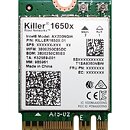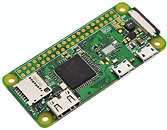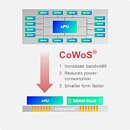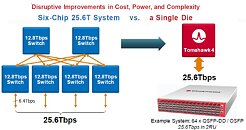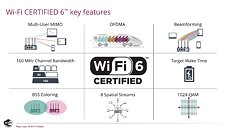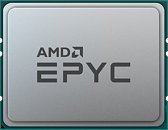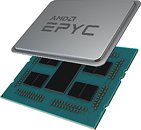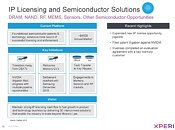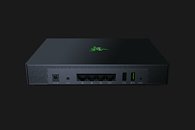Comcast Announces World-First Test of 10G Modem Technology Capable of Delivering Multigigabit Speeds to Homes
Comcast today announced the successful test of a prototype 10G modem using the core technology that will deliver multigigabit speeds to tens of millions of homes. In a world-first lab test, a Full Duplex DOCSIS 4.0 system-on-chip (SoC) cable modem built by Broadcom delivered upload and download speeds faster than 4 gigabits per second (Gbps) powered by 10G network technology. Today's announcement is the latest in a series of 10G milestones from Comcast. In October 2021, the company announced a successful test of a complete 10G connection using a virtualized cable modem termination system (vCMTS) powered by DOCSIS 4.0 technology. That announcement followed major 10G milestone announcements in April 2021, of the first-ever live lab test of a 10G system-on-chip (SOC) and October 2020, of a trial delivering 1.25 gigabit-per-second (Gbps) upload and download speeds over a live production network using Network Function Virtualization (NFV) combined with the latest DOCSIS technology
A key component of 10G, DOCSIS 4.0 is an evolutionary leap forward in the ability to deliver multigigabit upload and download speeds over the connections already installed in hundreds of millions of homes worldwide. "The great strength of our smart network design is that we are able to exceed our customers' demands today, even as we continuously evolve to meet the needs of the future," said Charlie Herrin, President of Technology, Product, Experience at Comcast Cable. "As our 10G journey continues to accelerate, customers will reap the benefits of ever-increasing security, reliability, and speed."
A key component of 10G, DOCSIS 4.0 is an evolutionary leap forward in the ability to deliver multigigabit upload and download speeds over the connections already installed in hundreds of millions of homes worldwide. "The great strength of our smart network design is that we are able to exceed our customers' demands today, even as we continuously evolve to meet the needs of the future," said Charlie Herrin, President of Technology, Product, Experience at Comcast Cable. "As our 10G journey continues to accelerate, customers will reap the benefits of ever-increasing security, reliability, and speed."























